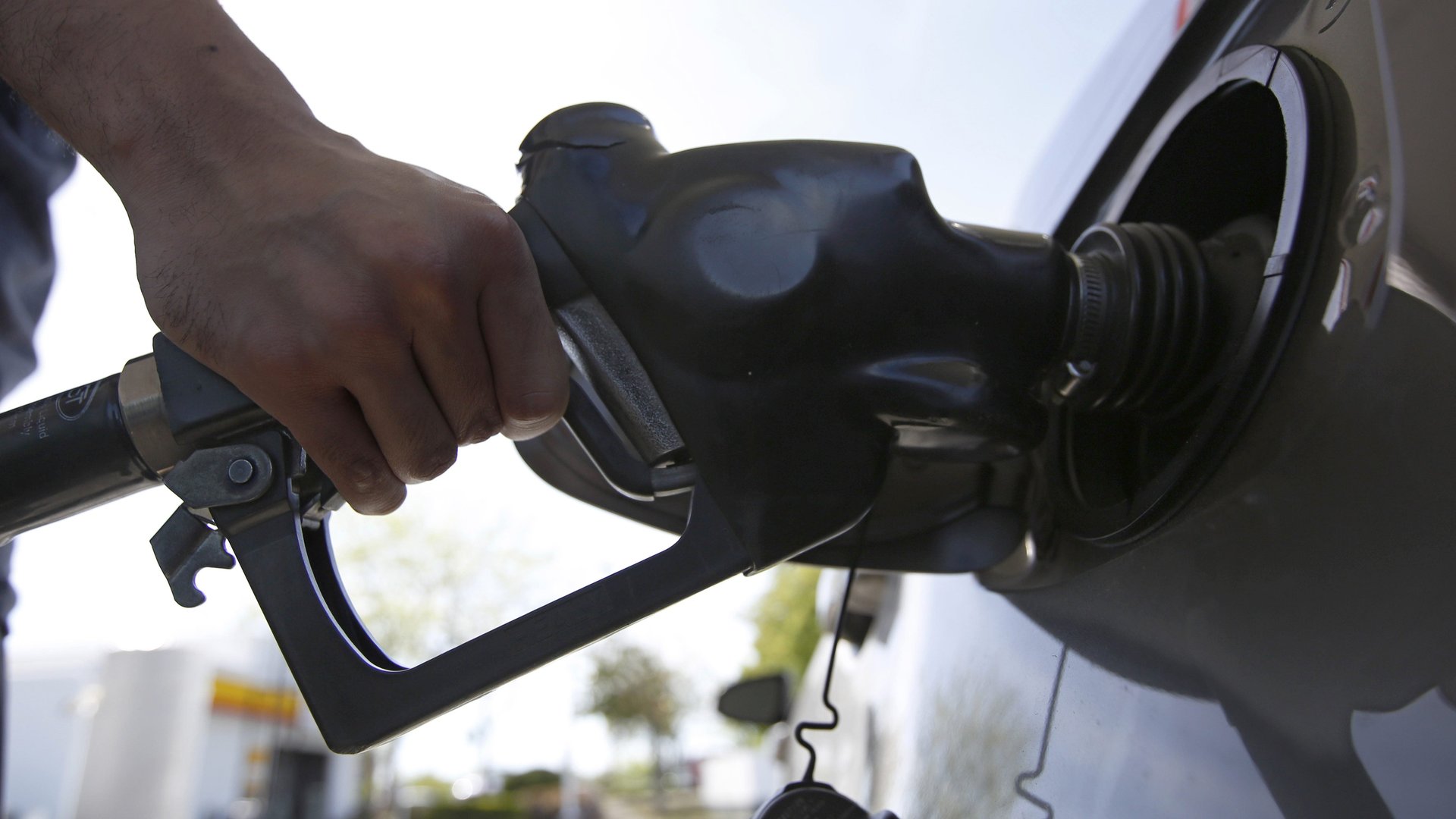The price of these products rose fastest in the US in 2019
The Consumer Price Index (CPI) is the way the US government tracks just how much a dollar can buy. The government calculates this measure by doing a monthly check on the prices of thousands of products at local stores, and then averages the change in these prices. The resulting number is what is typically referred to as inflation. Overall inflation from January to November was 2.1% (data for December has not been released).


The Consumer Price Index (CPI) is the way the US government tracks just how much a dollar can buy. The government calculates this measure by doing a monthly check on the prices of thousands of products at local stores, and then averages the change in these prices. The resulting number is what is typically referred to as inflation. Overall inflation from January to November was 2.1% (data for December has not been released).
In addition to reporting overall inflation, the government also reports price levels for the product categories that go into that calculation. By looking at the price changes in these categories, we can get a sense of what is getting more or less expensive in US.
This year, the biggest price riser was gasoline. Regular unleaded gasoline went up by 11.1% from January to November. The average price of regular unleaded gas grew from $2.13 at the beginning of the year to close to $2.50 in November. Premium and midgrade also got a lot more expensive this year. The higher prices seem to be largely a result of a lack of refinery capacity in the US. Prices have fallen over the last few months after reaching a high in April.
Lettuce prices also rose quickly, but it is a product with unusually high price volatility. Lettuce only lasts for a very short period, and supply is dependent on good weather. Even within 2019, lettuce prices spiked, fell, and then spiked again.
The product that got cheaper most quickly this year was televisions. That is not unusual. By the government’s methodology, television prices have been plummeting for years. CPI attempts to measure how much it would cost to buy an equivalent product over time, and purchasing a top-of-the-line TV from 20 years ago would be extremely cheap today. TVs are an area where improving manufacturing technology has massively benefited consumers.
Prices for women’s clothes also fell quickly in 2019. Like televisions and other electronics, improved manufacturing efficiency continues to make clothes less expensive.